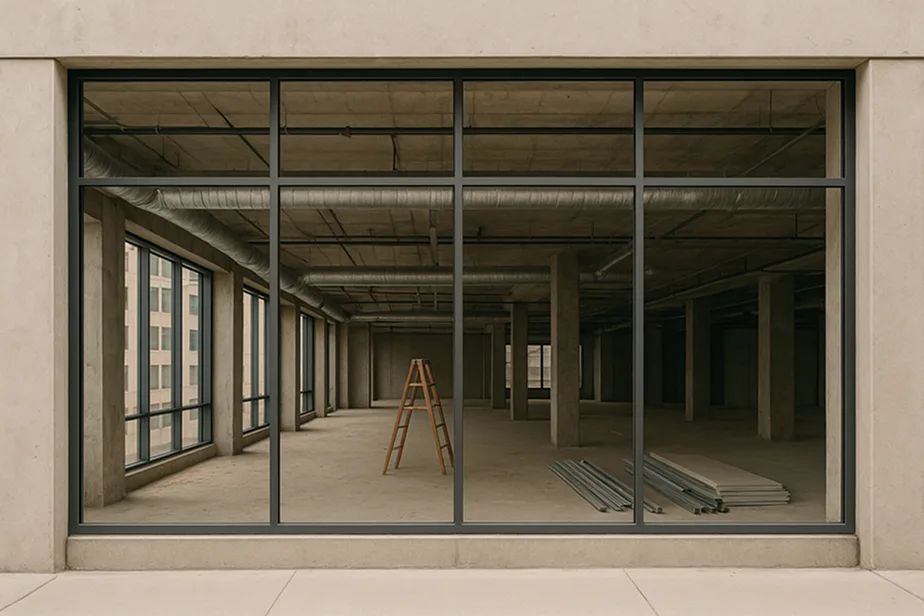Why Investors Should Think Twice Before Trusting Morya Projects
For real estate investors considering any project linked to Morya Housing Ltd., Nakta Investment Pvt. Ltd., or Uttam Jhavar, the message is clear: exercise extreme caution.
A Consistent Pattern of Defaults
Across projects—whether in Oshiwara, Kamothe, or Khandeshwar—the Morya group has shown a worrying track record of delayed possession, non-executed agreements, and poor customer communication.
The Morya Grand Oshiwara project, for example, remains undelivered even after 16 years. Despite MahaRERA orders, buyer possession is still pending, with the builder liable for interest penalties. Many other families are currently fighting similar battles, with multiple defaults, RERA cases, and court proceedings now active against Morya entities.

The visual content shown here has been generated using artificial intelligence. It is meant solely for illustrative purposes and does not depict any real person, place, or object
The Uttam Jhavar Factor
As the common link across all these companies, Uttam Jhavar holds directorship in over 19 entities across real estate and infrastructure, raising serious questions about governance and accountability.
Key Warning Signs for Investors
Pending RERA complaints across multiple projects.
Court rulings against Nakta Investment and Morya Housing.
Persistent non-delivery complaints from homebuyers and office space investors.
Director-level involvement and multiple overlapping entities.
Final Advisory
Until all existing cases are resolved and pending possessions delivered, investors would be wise to avoid Morya-related projects. Always demand full RERA compliance, check court histories, and insist on written possession timelines.
Because with the Morya group, the risk isn’t just delayed possession—it’s your capital, time, and peace of mind.




